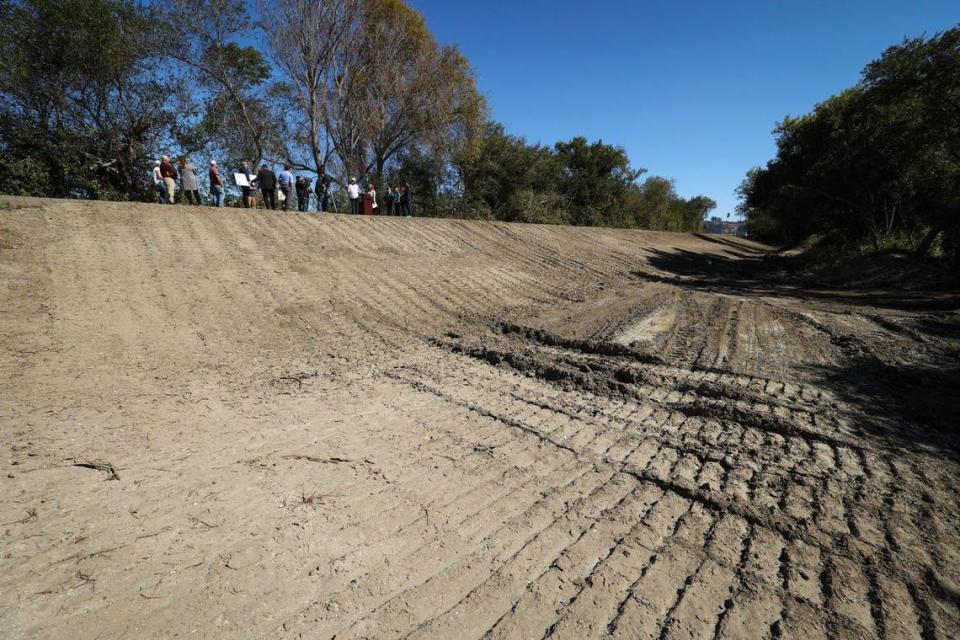As repairs from last winter’s storms wrap up, is SLO County prepared for a strong El Niño?
As San Luis Obispo County continues to work on repairs from last winter’s devastating atmospheric river storms, it’s simultaneously preparing for what is shaping up to be a new season characterized by a historically strong El Niño.
The January and March storms caused an estimated $140 million in public and private infrastructure damages as well as emergency response costs, according to Scott Jalbert, director of the county’s office of emergency services.
The county and municipalities have been working to address the damages and try to patch things together before another potential round of devastating storms hits the Central Coast.
The National Weather Service’s Climate Prediction Center has estimated that the El Niño conditions this winter could be very strong, meaning ocean-water temperatures in the central and east-central Pacific Ocean are far above average.
Those warmer-than-normal ocean temperatures have a tendency to brew up big rain storms in California during the winter, resulting in above-average rainfall, according to the Weather Service.
There’s also a bit of unpredictability when it comes to El Niño weather conditions. During some El Niño years, conditions have been unusually dry.
This winter, there’s a good chance the Central Coast will see above-average rainfall, accompanied by warmer-than-normal temperatures, according to the Weather Service’s latest seasonal outlooks.
But it’s hard to predict when that rainfall may come.
“Are we going to get it all at once? Or over a longer period?” Jalbert told The Tribune. “We don’t know if we’re going to have an extreme winter or a mild winter. So we’re planning and training for the worst.”
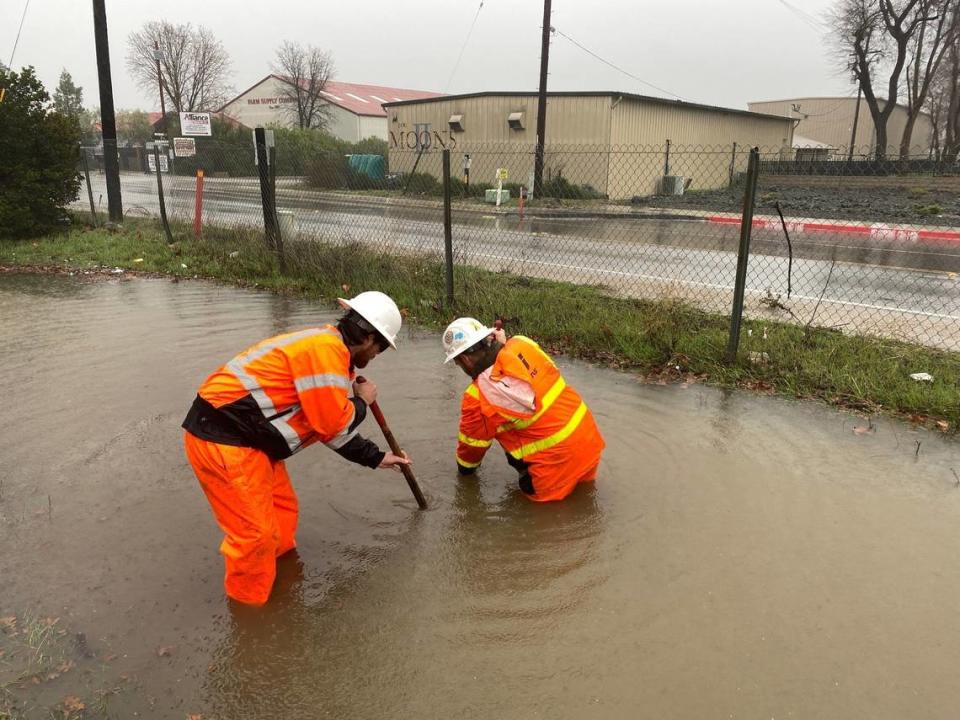
Storm repairs costly, future storms could be financially ‘impactful’
Around the county, cities and towns have been reconstructing roads that fell from landslides during last winter’s storms, digging out long-buried culverts to hopefully reduce flooding and clearing vegetation and constructing walls around creeks to make way for surging flows in the future.
To fund the emergency repair work, cities used general fund reserves on the understanding that much of that will be refunded through Federal Emergency Management Administration money that was freed up after President Joe Biden declared an emergency in California during last winter’s storms.
All of those refunds likely won’t come for another few years because of the difficult FEMA process, leaving the county and cities on the hook until further notice, according to county and city officials.
Of the $140 million of estimated damages and costs from last winter’s storms, $102 million was for emergency response costs and damages to public infrastructure, according to Jalbert. Within the $102 million, a total of $45 million was estimated for roadway repairs.
And of the $140 million total, $38 million was for individual assistance, or the damages estimated from private infrastructure, according to Jalbert.
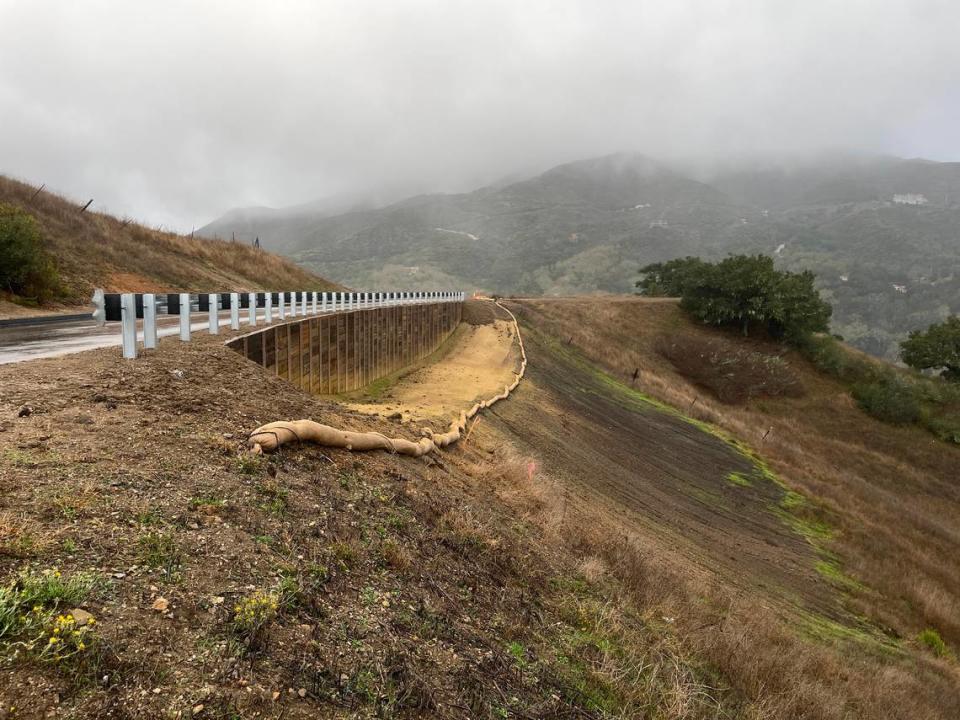
The expense has been manageable for the county and cities this year, especially given the promise of reimbursement — but that could change if another destructive storm year hits the region.
“Another big storm season with similar amounts of damage, that would be very impactful financially,” said Kate Ballantyne, the county’s deputy director of public works.
Most cities are trying to do intensive repair and preparation work with relatively small staffs — meaning outside, contracted work is usually required. For example, Morro Bay has about 10 to 12 maintenance staff, while Atascadero has about 4.5 full-time maintenance workers.
“We’re trying to do the best we can with the circumstances,” said Carlos Mendoza, the city of Morro Bay’s maintenance division manager.
Clearing culverts key in preventing flooding
Across the county, much of the recovery and preparation work has been centered around clearing culverts.
The often inconspicuous pieces of infrastructure — which look like a small tunnel under roads — play a vital role in moving water through a developed area to prevent flooding.
Dozens of culvert failures during last winter’s storms led to flooded roadways and businesses, as well as sinkholes.
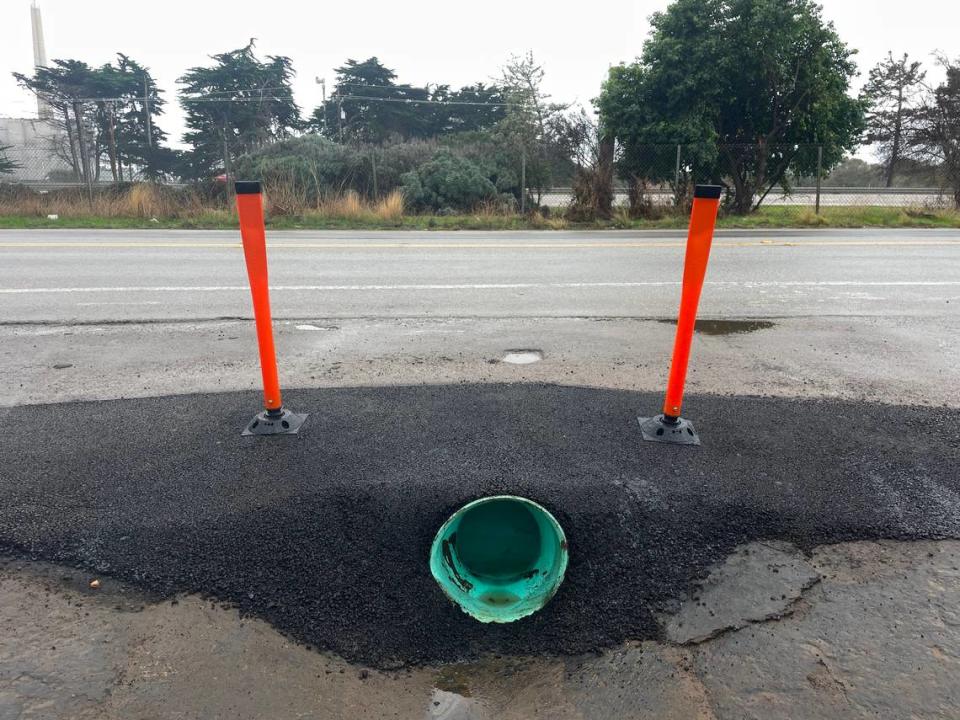
“Some of the pipes we have are over 100 years old,” Atascadero Public Works Director Nick Debar said. “We have to inspect those and replace them, hopefully before they cause problems. But we have 24 miles of pipe, we can’t always keep up.”
In Morro Bay, Mendoza said his maintenance staff has been finding old culverts long buried under several inches of sediment.
Recently, his staff found an old culvert buried off the intersection of Main Street and Radcliff Avenue — a spot that had flooded during last winter’s storms.
The city has worked with Caltrans in the highway right-of-way to dig out the culvert and create a channel for water to move through and under the highway to an output near Quintana Road which will then drain into the ocean.
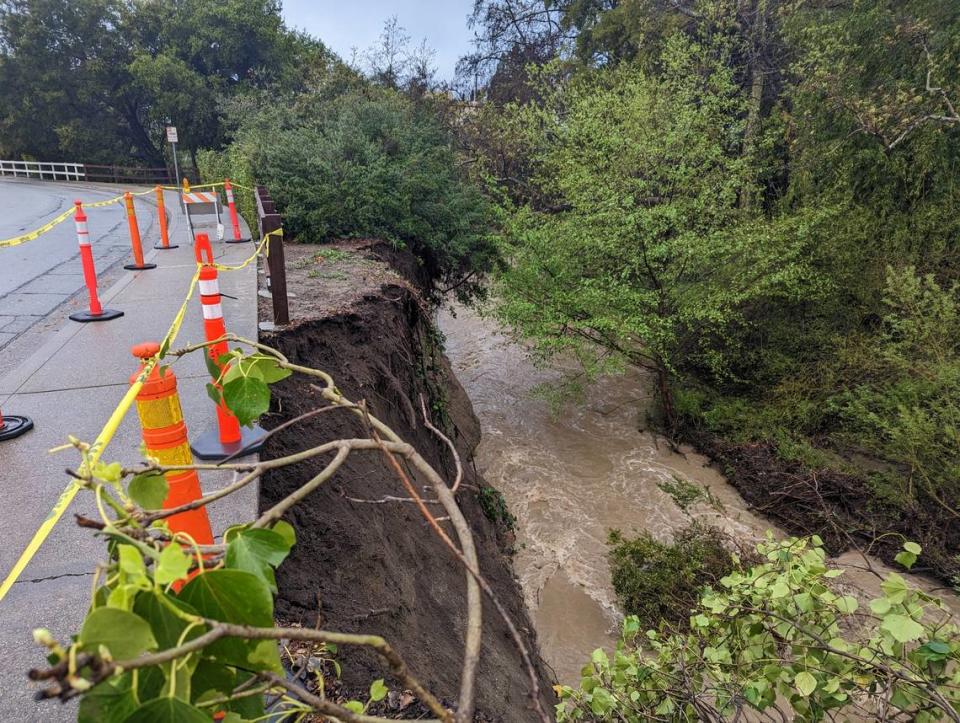
Flooded creeks caused erosion that threatened infrastructure
In other areas, creeks raged so high during last winter’s storms that banks eroded away and left roads, homes and businesses at risk.
The Arroyo Grande Creek levee failed during a storm in January, flooding nearby homes and farmland in Oceano. The county has since repaired the levee and worked on removing excess sediment from the creek so it can withstand a future large storm and spillage of the Lopez reservoir.
In San Luis Obispo along San Luis Drive next to the high school, a creek that raged during last winter’s storms eroded 5 to 6 feet of a bank that separated it from the road. The city has since built a 350-foot-long, $6-million soldier pile wall to protect the road from further erosion.
In Atascadero, residents sued the city for allegedly failing to maintain areas of Graves Creek, Atascadero Creek and Atascadero Lake before the winter’s storms. Massive flooding throughout the city in January and March left some homes uninhabitable.
The city, like many others throughout the county, spent the summer removing a lot of brush from creeks on public property where it had access.
“It’s been a lot of clearing, cleaning up and checking for weak points,” Debar said.
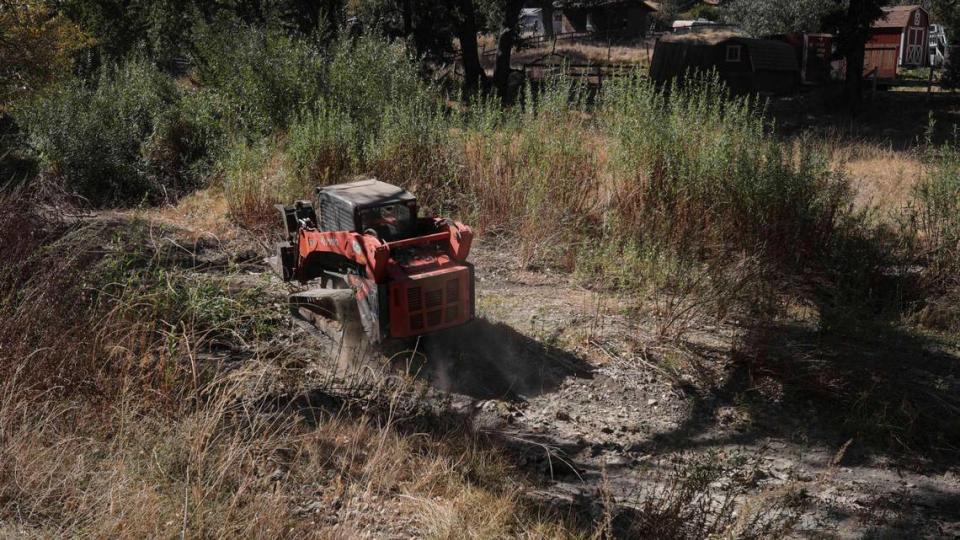
Preparing for the worst, hoping for the best
Debar and other public works officials in the county noted that last winter’s storms were the first massive and devastating storms the region had seen in about two decades.
“It was a test in how our infrastructure either worked or didn’t work,” Debar said.
While repair work remains ongoing throughout the county — and likely will for a few years for larger projects — public works officials are holding their breath for whatever may come this winter.
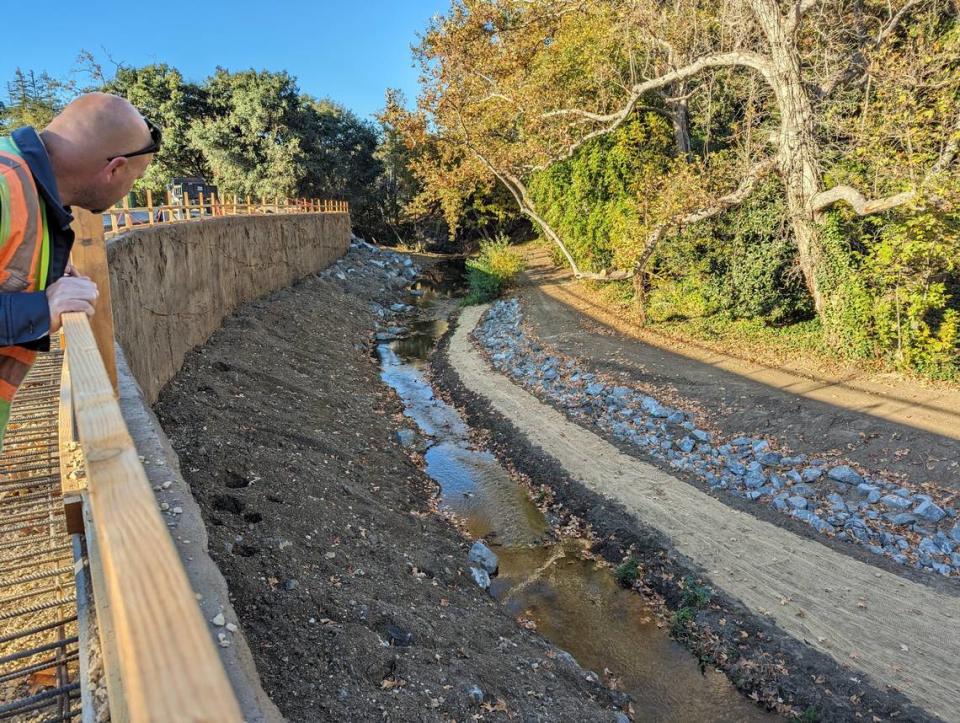
“We’re taking the opportunity to optimize what we learned last year, we learned a lot about what a really big storm will do to our infrastructure,” Ballantyne said. “We definitely know where we can anticipate problems and focus on responding to those if we’re to have such storms again.”
Ballantyne encouraged San Luis Obispo County residents to be prepared for future storms.
Visit prepareslo.org to find more information about evacuation zones, flood zones and alert and notification systems. There is also information on where to purchase sandbags and find sand throughout the county.
